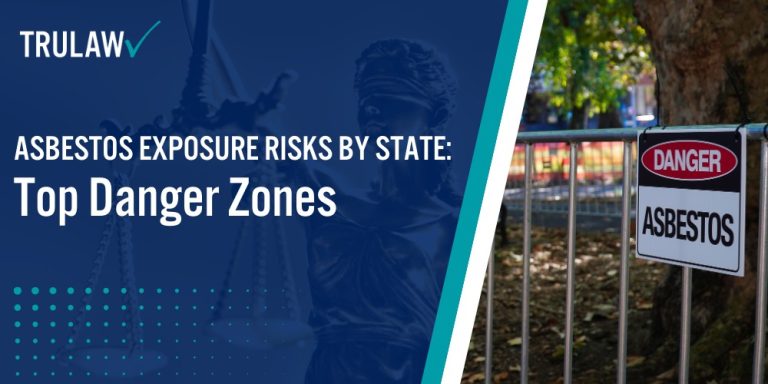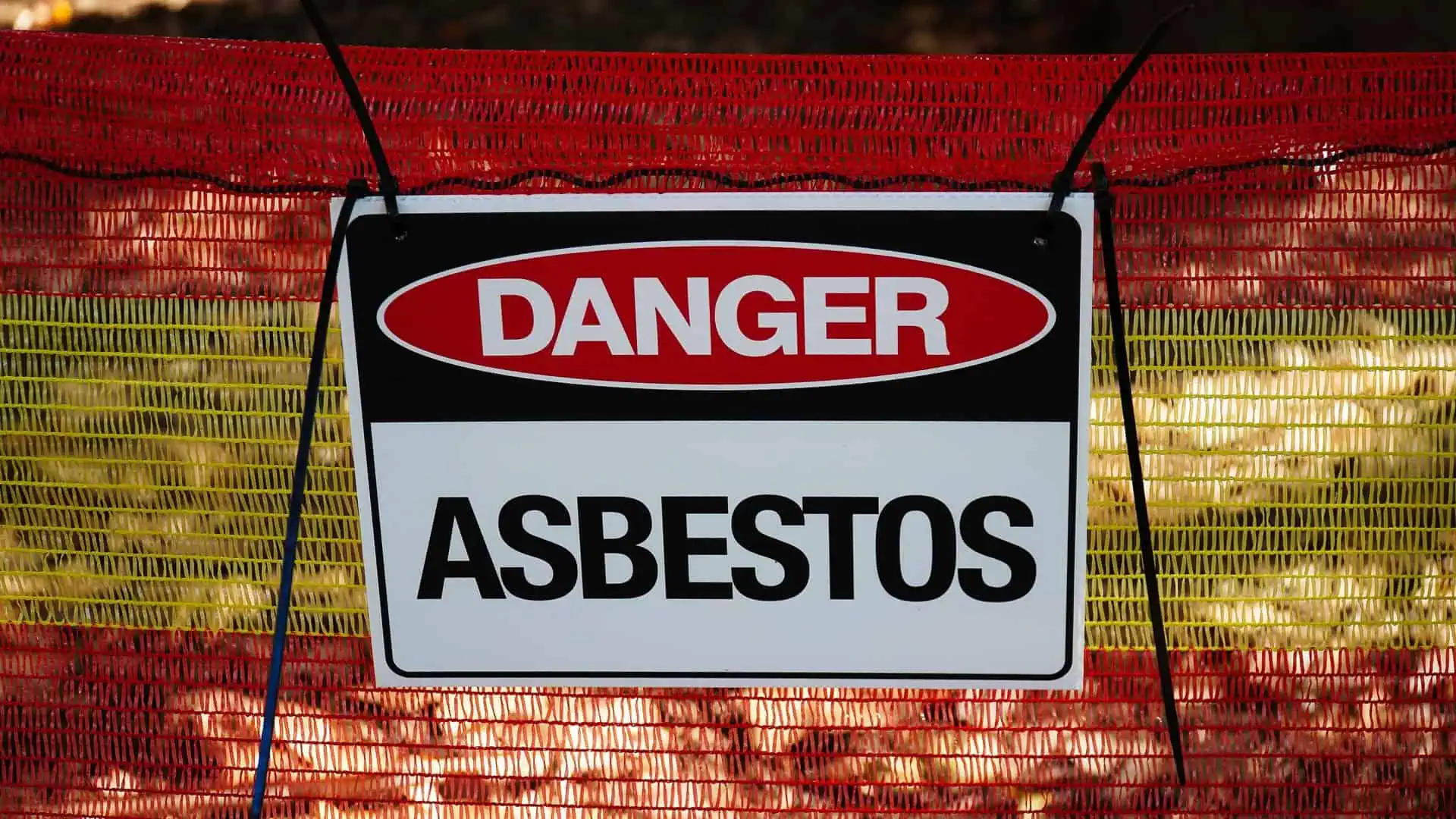Asbestos exposure risks vary dramatically across different states, with industrial and environmental factors creating unique health challenges for workers and residents.
The widespread use of asbestos in manufacturing, construction, and industrial settings has left a lasting impact on communities nationwide, creating long-term health risks for millions of Americans.
High-Risk Industrial Sites Across the Nation
Industrial sites have been primary sources of asbestos exposure, putting workers in numerous states at significant risk.
The Environmental Working Group reports that occupational exposure remains a serious concern across multiple industries and regions.
Here are the most common high-risk job sites for asbestos exposure:
- Construction Sites: Workers frequently encounter asbestos in older building materials, including insulation, floor tiles, and roofing components.
- Shipyards: Coastal states like California, Washington, and Louisiana saw extensive asbestos use in maritime construction and repair.
- Manufacturing Facilities: States such as Ohio, Michigan, and New Jersey hosted numerous plants with high asbestos exposure risks.
- Power Generation Plants: Electrical facilities use asbestos extensively for fireproofing and insulation purposes.
These industrial sites created significant opportunities for workers to inhale dangerous asbestos fibers, leading to potential long-term health complications and asbestos-related deaths.
State-Specific Occupational Exposure Data
Different states experienced varying levels of asbestos-related deaths based on their industrial profiles and economic activities. Some regions bore a disproportionate burden of occupational asbestos exposure.
States with the highest occupational asbestos exposure risks include:
- California: Extensive shipyards and manufacturing facilities
- Texas: Numerous refineries and industrial sites
- Pennsylvania: Heavy manufacturing and industrial history
- Michigan: Automotive and manufacturing industries
The concentration of natural asbestos occurrences and historic asbestos mines in certain states further complicated the state asbestos exposure landscape.
Workers in these regions faced heightened risks of inhaling dangerous asbestos fibers, leading to long-term health complications.
The occupational risks varied significantly across states, with some regions experiencing more concentrated exposure due to specific industrial activities and geographic characteristics.
This uneven distribution of risk highlights the importance of understanding localized asbestos exposure patterns and their potential health impacts.



